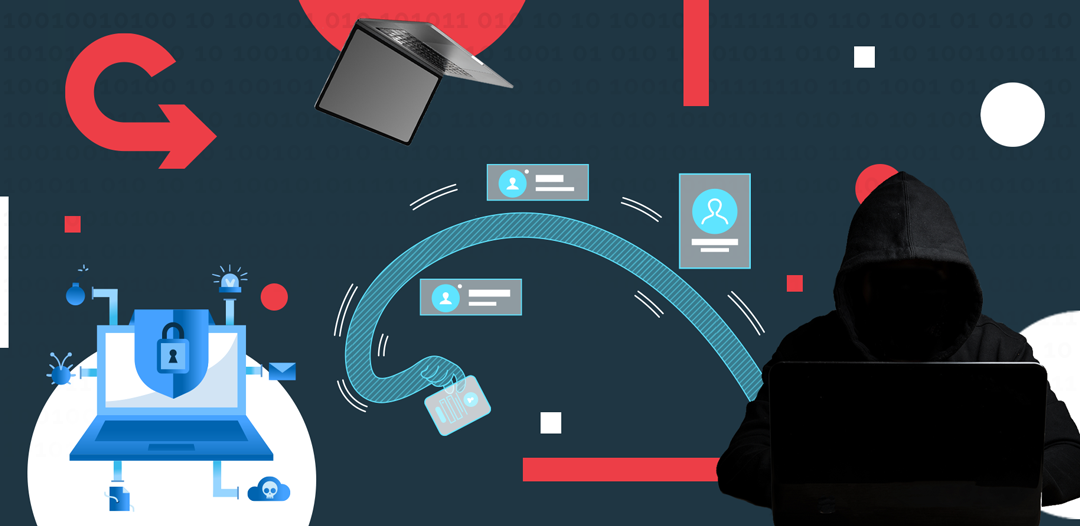ServiceNow, Technology, Work Strategies
How vulnerable is your organization to cyberattack?

November 19, 2021
Cybercrime continues to be a major issue and shows no signs of slowing down. In 2020, hackers uncovered many new opportunities to exploit vulnerabilities as organizations responded to the global pandemic. Among the initiatives that made organizations the ripe targets of bad actors were digital transformation projects such as the addition of public cloud services, new network devices, remote workforces, and SaaS applications. Trends show that ransomware attacks are increasing 400% year on year and are expected to grow in 2021 across both public and private sectors. It’s no surprise that the cost of global cybercrime will reach $10.5 trillion USD annually by 2025.
What keeps security teams up at night? Well, here are a few highlights of what they faced
in 2020:
• Every 40 seconds, a new cyberattack starts
• There were nearly 550,000 cyberattacks per day involving ransomware
• More than 25,000 different malicious applications are detected and blocked every day
• Each day hackers attack more than 30,000 websites
• More than 65% of organizations worldwide have had at least one cyberattack against them
• Email is responsible for propagating 95% of all malware
Building a cyber-resilient organization is tough with only point products
Trying to monitor all parts of enterprise environments is a tall order when you consider security teams need to maintain visibility into complex networks. These networks are continually expanding in the cloud and must accommodate a growing mobile workforce. Companies have traditionally implemented a myriad of security point products, but this strategy is not efficient, scalable, or effective at meeting cybercrime challenges.
And, even if security teams have developed and established cybercrime processes and responses with these point products, they still feel overwhelmed by daily, ever-increasing obstacles, including:
1. Too many potential security threats to address and prioritize
2. Too much data generated by so many different solutions
3. No way to understand the intent of cybercriminals when dealing with security incidents
The consequences? Security teams are constantly reactive rather than proactive. They lack
the agility, the resources—and the resilience—to stay ahead of cybercriminals who are intent on doing harm.
IT and security teams: better together for cyber resilience
Creating agile, resilient enterprise security operations to counter cybercrime is not simply an issue of technology. Fostering a mindset of resilience and agility requires moving away from the traditional perspective where security teams operate in siloes. Instead, a cyber-resilient organization requires a change in culture. IT and security teams must work together in a much more harmonious way to combat today’s relentless bad actors rather than each relying independently on spreadsheets and emails. Cybercriminals move fast—IT and security teams need to do the same!
The ideal security incident response process
• Tools for detection and/or security information and event management will generate alerts
• Alert data is stored in a centralized, integrated system for analysis and action.
• Additional information is harnessed from threat intelligence and vulnerability tools.
• Security and IT teams work together to respond to prioritized incidents to address threats and adversaries quickly and effectively.
Ultimately, this direct and accelerated collaboration between IT and security teams for vulnerability and incident response is really what helps to prevent security breaches from impacting your business.
A better view of your adversaries
A key component of effective security incident response is a centralized, integrated system of data and action. This enterprise-grade system can be a game-changer in responding to cyberthreats by delivering a clear understanding of your adversaries.
It all starts with visibility into each incident to accurately determine the kinds of attacker capabilities threatening your organization. It’s also important to have a precise view of your organization’s attack surface, whether it’s on premises, in your data center, or in your cloud environment.
Time to SOAR
When you have collaboration between IT and security teams, standardized security incident response processes, and an enterprise-grade incident response platform in place, then you can begin to fully explore security orchestration, automation, and response (SOAR) technology and tools.
SOAR solutions help security teams become more agile and resilient in preventing cybercrime. Since processes such as security incident response or threat intelligence lookups are standardized and automated, security analysts can determine more quickly if an incident is real or false.
Automation and orchestration together facilitate collaboration between IT and security teams—helping them be proactive and scale faster to mitigate cyberattacks.
If you want to learn more about SOAR solutions, visit https://dev.handcloud.solutions/secops/
Share
Share on linkedin
Share on facebook
Share on email
Share on twitter
Rate
Leave a comment
19371
Other News
Get News Updates and Success Stories
Subscribe to our Newsletter.
Look For Us on Social Networks
Hmm, that e-mail doesn't look good, check the format.
Look For Us on Social Network
Look For Us on Social Networks
By browsing this site you accept our cookies use policies.
ServiceNow, the ServiceNow logo, Now, Now Platform, and other ServiceNow marks are trademarks and/or registered trademarks of ServiceNow, lnc. in the United States and/or other countries. Other company and product names may be trademarks of the respective companies with which they are associated.
